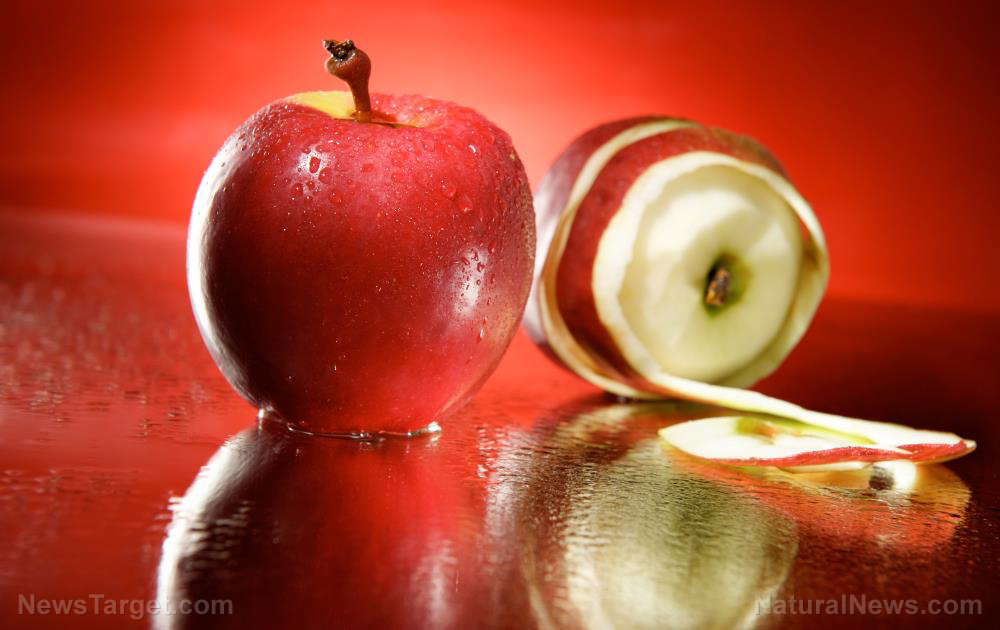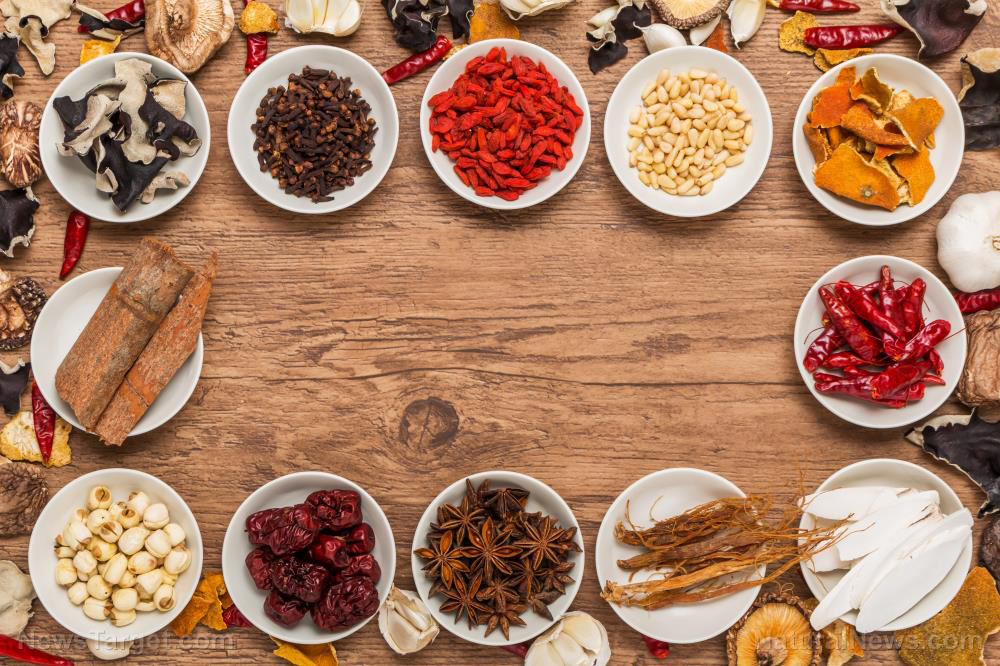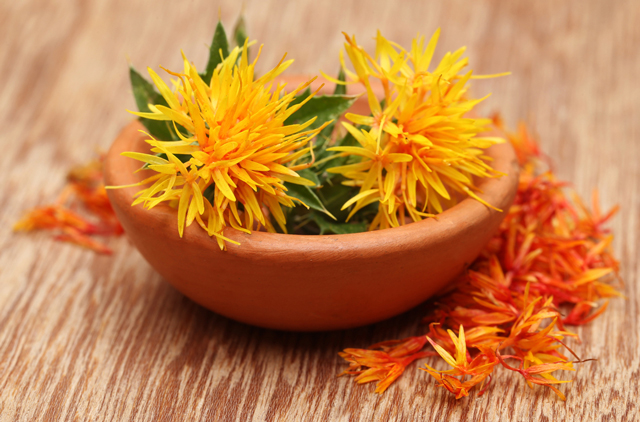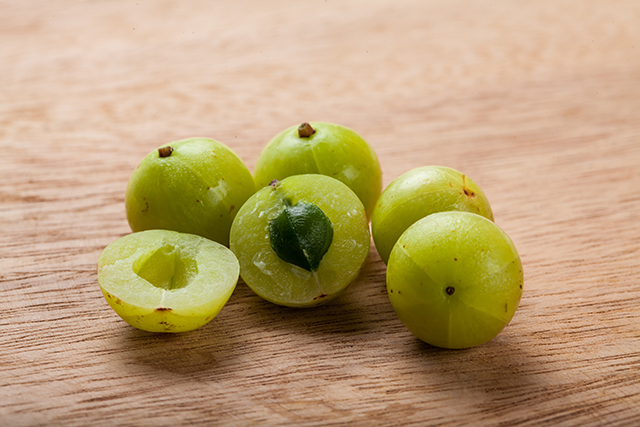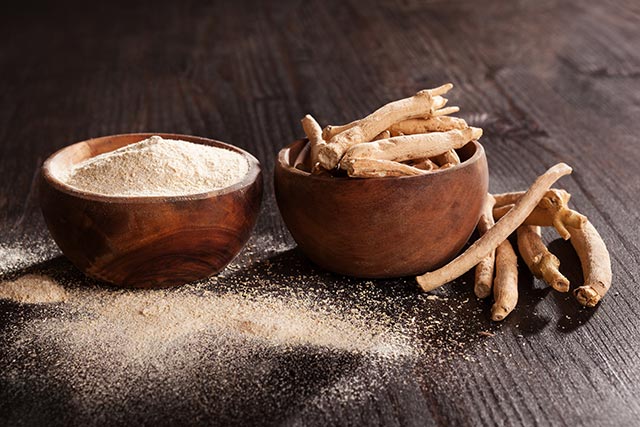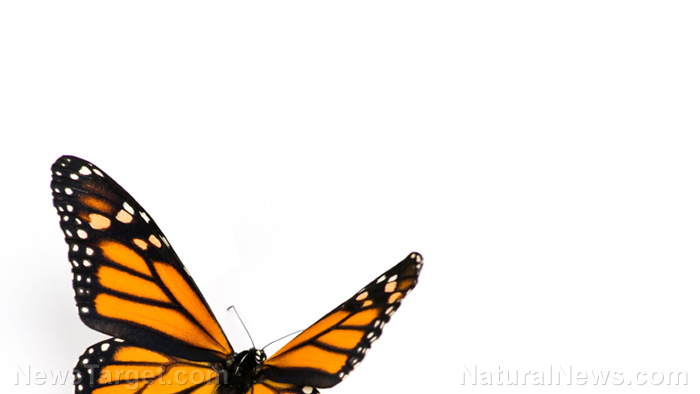
Researchers from the Academy of Natural Sciences of Drexel University looked at the lineage of plant species whose ancestors produced defensive chemicals that repelled hungry herbivores. They found genetic evidence that proved later generations of plants underwent evolution to stop using those chemicals once their primary foe became immune to them.
The research team was headed by Dr. Tatyana Livshultz, the assistant curator of Botany at the Academy. She published the findings in the journal New Phytologist.
Livshultz and her team studied Apocynaceae, a family of toxic flowering plants better known as dogbane and milkweeds. They followed the evolution of a specific gene connected to the production of pyrrolizidine alkaloids, which are poisonous to mammals such as dogs and humans.
The Academy researchers were able to determine the first time dogbane and milkweeds evolved the ability to produce pyrrolizidine alkaloids. They were also able to count the number of times the plants stopped producing the toxic chemicals. (Related: Milkweed sap cures common skin cancers.)
Dogbane and milkweeds have butterflies to blame
Livshultz's team identified a single origin of the gene and its associated chemicals in the latest common ancestor of more than 75 percent of the Apocynaceae family. They also came across evidence that the gene stopped working for the descendants of that common ancestor on at least four separate occasions.
Intrigued, they sought out a correlation between the gene's presence in Apocynaceae members and herbivores that were immune to pyrrolizidine alkaloids. Their investigations led them to milkweed and clearwing butterflies of the Danainae subfamily, of whom the most famous member is the colorful – and poisonous – monarch butterfly.
It turned out that almost all Apocynaceae plants eaten by Danainae caterpillars trace their lineage to the alkaloid-producing common ancestor. Many milkweed butterfly species lay their eggs on dogbane plants so that their larvae can ingest pyrrolizidine alkaloids that ward off insect-eating predators.
The Academy researchers believe that some Apocynaceae species stopped producing the alkaloids in order to stop drawing Danainae butterflies.
"Pyrrolizidine alkaloids are likely an ineffective defense against Danainae. Furthermore, they are actually beneficial to them since they take in these chemicals for their own defense against their predators," Livshultz said. (Related: Researchers show how a moth’s brain is smarter than artificial intelligence.)
Plants de-escalate defenses that no longer work
The findings lend credence to the idea of defense de-escalation. According to this theory, organisms will evolve to stop using defense mechanisms that do not work.
Defense de-escalation allows an organism to concentrate its limited resources on effective mechanism. In the case of the Apocynaceae family, member species can produce other types of defensive chemicals such as cardenolides.
"It has been shown that cardenolides are at least partially effective defenses against adapted herbivores such as the monarch butterfly, the most familiar species of Danainae to Americans," said Livshultz.
On the matter of Apocynaceae species that continue to produce pyrrolizidine alkaloids, Dr. Livshutlz suggested that these particular species are more vulnerable to non-Danainae insects that the alkaloids do deter.
The Academy researchers intend to expand their study by fleshing out the history of the Apocynaceae lineage with regards to the times they keep or lose the ability to make pyrrolizidine alkaloids. In particular, they want to determine if Danainae exploitation is a good predictor of loss of alkaloid production.
Hungry for more ecology-related news? Visit Ecology.news.
Sources include:
Please contact us for more information.
















